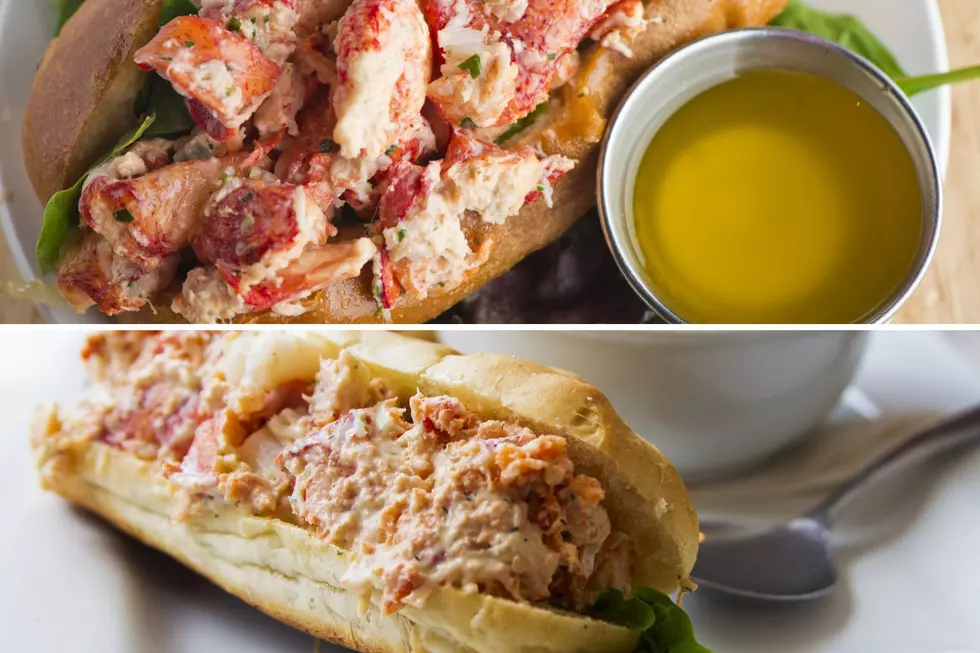
Have a Maine Loon License Plate? Get Into Some Maine State Parks for Free on July 17
For years, like many other states, Maine's license plates were pretty drab. Maine's was a simple yellow and later white background with black numbers. It wasn't until 1987 that the lobster plate became the standard for all passenger vehicles.
Today, you can choose from a variety of themes for your plate, with most of them benefiting causes within our state. The very first of these alternate plates was the loon plate. In 1993, the loon plate, which is officially called the "conservation plate, was added as the first alternate plate which a portion of the registration fees benefit the Bureau of Parks and Lands, under the Maine Department of Agriculture, Conservation and Forestry, as well as the Maine Department of Inland Fisheries and Wildlife.
To say thank you to all those who have loon plates, the State of Maine is setting aside July 17 for free admission to some Maine State Parks, but there are a few catches. It's for July 17 only and if it rains, there won't' be a rain date, and you can only use it from 9 a.m. to closing.
There are also some limitations on which parks will be free. These are ones that won't be handing out free admission if you show your loon plate:
- Acadia National Park
- The Allagash Wilderness Waterway
- Baxter State Park
- Peacock Beach
- The Maine Wildlife Park
- Scarborough Beach State Park
- Swan Island
- The Penobscot River Corridor
- The Penobscot Narrows Observatory in Prospect, however, admission to Fort Knox Historic Site will be free with the loon plate
So some of the big ones aren't options, but Maine has a total of 32 State Parks, so that leaves 23 others you can get free admission to.
This House for Sale on the Coast of Camden, Maine Will Blow You Away
Where to Find The 10 Best Lobster Rolls in Maine



